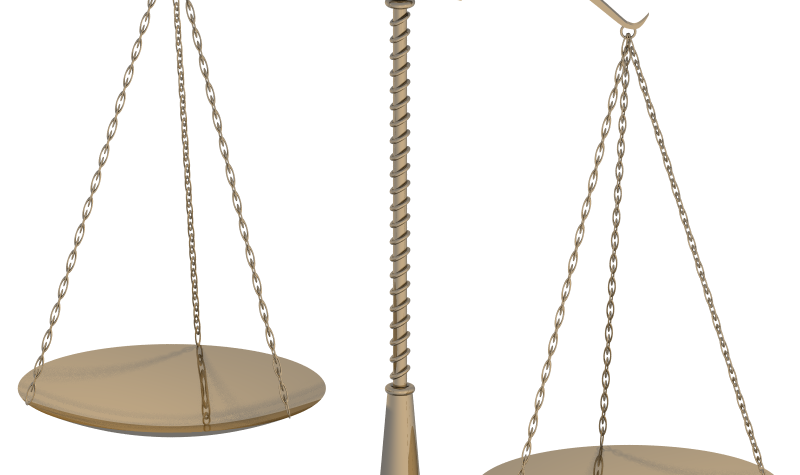Good value: A head to head comparison of the best value funds on the market

Value investors look for companies that are undervalued relative to their assets or cash flows. There are relatively few funds that use this sort of ‘pure value’ approach, but those that do can make a good diversifying holding with less downside risk than one that is more dependent on the general level of economic growth.
A good example is the CF Miton UK Value Opportunities fund, which is run by George Godber and Georgina Hamilton. It was launched in March 2013 and has £497m in assets under management with the money allocated between 66 different holdings. Almost 20% of the portfolio is invested in stocks in the FTSE 100, with the rest divided fairly equally between the mid-caps of the FTSE 250, small-caps and the larger AIM-listed shares.
Before joining the company Godber and Hamilton worked alongside Henry Dixon on the FP Matterley Undervalued Assets fund, which had a similar remit. Dixon has since moved on to the Man Group where he runs the Man GLG Undervalued Assets fund.
The latter was launched in November 2013 and has attracted £371.5m in assets under management. It has a very different portfolio to the Miton fund with 40% invested in FTSE 100 stocks, 27% in mid-caps, 15% in small-caps and a further 12% in Europe with the balance in cash. Despite the common origins the funds only have two of their top ten holdings in common: International Consolidated Airlines and Tullett Prebon.
It is interesting to compare the performance over the period that they have co-existed. From November 2013 until the start of May this year the returns were virtually identical, but since then there has been a clear divergence with the small- and mid-cap bias of the Miton fund allowing it to outperform by about 10%, although both have been much stronger than the FTSE 100 index.
Global value
The £119.9m Schroder Global Equity Income fund invests in companies from around the world which offer attractive yields with sustainable dividends. Since November 2013 it has been run by Ian Kelly and Jamie Lowry who have put together a concentrated portfolio of 50 holdings.
They mainly invest in the developed markets with the largest weightings being the Americas at 37.6%, Europe and the Middle East at 25.6% and the UK at 18.1%. The main sector exposures are Financials and Information Technology, with the biggest holdings including Cisco Systems, HSBC, Microsoft and Intel.
It makes a good contrast to the Fidelity Global Dividend fund, which has a similar objective, but is larger at £219m despite only having launched in January 2012. The manager aims to generate a yield that is at least 25% above the yield of the MSCI All Companies World Index and he does this by focusing on resilient businesses with strong balance sheets whose dividends are well-covered by earnings.
Fidelity Global Dividend has 38% of its assets invested in the US, with 21% in the Eurozone, 11% in the UK and a further 11% in Continental Europe outside of the single currency block. It is defensively positioned with the main sector exposures being healthcare, consumer cyclical and consumer defensive.
Over the period since January 2012 when the two funds have co-existed they have exhibited a high degree of correlation, although the Fidelity product has been the stronger of the two with a gain of 57% compared to the 39% achieved by the Schroder fund.
Investment trusts
There are also several investment trusts that use a value approach with one example being Temple Bar (TMPL). The £740m fund was created in 1926 and is currently managed by Alastair Mundy from Investec. He aims to provide growth in income and capital with a long-term total return greater than the FTSE All-Share.
Mundy looks for companies with strong balance sheets and cash flows and will normally only invest once a share has fallen at least 50% from its seven-year high. He has put together a highly concentrated portfolio of 42 shares and 3 bonds, with the top ten accounting for 56% of the assets. These include HSBC, Glaxo, Royal Dutch Shell and BP.
British Empire Securities and General Trust (BTEM) aims to achieve capital growth by investing in a focused portfolio of companies that are trading at a discount to the estimated underlying net asset value. It operates in the global sector and provides exposure to each of the world’s main stock markets although it only holds 27 different companies.
The performance has been fairly modest with a ten-year return of 48%, which is less than half of the 123% achieved by Temple Bar. The latter has increased its dividends each year for the last 31 years and is currently yielding 3.6%, while the former is paying just 2.21%.
Comments (0)